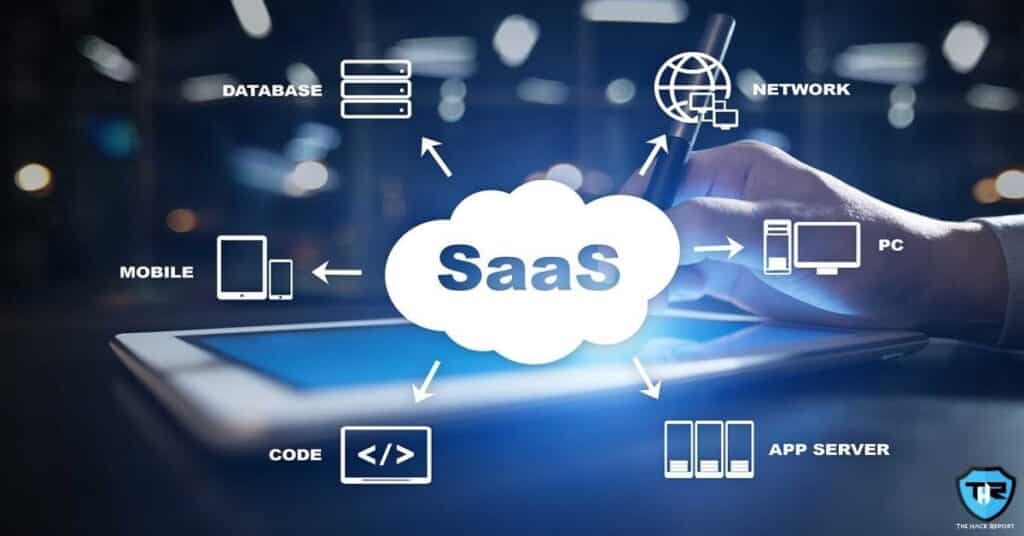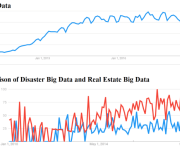Everything You Need to Know About SaaS Security Posture Management
SaaS Security Posture Management or SSPM is a critical consideration for any organization that relies on cloud-based applications and services. By definition, SaaS security posture management is the practice of monitoring, assessing and managing the security state of SaaS applications and services. It’s critical to keep your data safe while using these applications and services. In this blog post, we will explore the significance of SSPM and why it’s important for your organization. We’ll also take a look at the features and capabilities of SSPM solutions, as well as how they work. Finally, we’ll provide some best practices for implementing SSPM in your organization.
The Importance of SaaS Security Posture Management
As the use of SaaS applications and services continues to grow, so does the need for SSPM. The cloud has introduced new dangers and problems that must be managed in order to preserve data security. SSPM provides insight into these hazards and aids organizations in managing them. SSPM can also assist businesses to comply with GDPR, HIPAA, and PCI DSS regulations.
Why Should You Be Concerned About SaaS Security Posture Management?
SSPM is a valuable solution for many businesses. First and foremost, it’s essential for protecting data. In addition, SSPM can help improve an organization’s overall security posture by identifying risks and vulnerabilities. SSPM can also help with compliance, as well as reduce the costs associated with data breaches.
Does Your Organization Need SSPM?
If your organization uses SaaS applications and services, then the answer is most likely yes. SSPM should be a part of your overall security strategy. It’s critical to find a solution that offers the features and capabilities you require to fulfil your unique demands.
SaaS Security Posture Management Features
When choosing a SaaS security posture management solution, it’s important to consider the features that are most important to your organization. Some key features to look for include:
- Risk assessment and mitigation
- Security configuration management
- Vulnerability management
- Identity and access management
- Data loss prevention
- Threat detection and response
How SaaS Security Posture Management (SSPM) Works
Most SSPM solutions work by collecting data from various sources, such as SaaS application logs, user activity data and external threat intelligence feeds. The information is evaluated to identify risks and security concerns. Risks may be minimized using SSPM policies and controls after they have been discovered. Additionally, SSPM solutions can provide real-time visibility into SaaS applications and user activity.
Must-Have SaaS Security Posture Management Capabilities
There are several must-have capabilities that an SSPM solution should offer. Listed below are three of them.
- The breadth of Integrations: SSPM solutions should have broad integrations in order to work with the various SaaS applications and services you’re using.
- Depth of Coverage for Security Domains: SSPM solutions should have deep coverage for all major security domains.
- Continuous Monitoring: SSPM solutions should offer continuous monitoring in order to identify new risks and vulnerabilities as they emerge.
SaaS Security Posture Management Best Practices
There are several best practices you can follow when implementing SSPM in your organization:
- First, choose a solution that offers the features and capabilities you need
- Second, SSPM solutions should be integrated into your overall security strategy
- Third, SSPM policies and controls should be regularly reviewed and updated
- Finally, SaaS Security Posture Management solutions must be tested on a regular basis for ensuring that they are accurately functioning
You can safeguard your organization from risks and vulnerabilities by meticulously following these guidelines. Furthermore, you’ll be able to keep your data safe and secure while staying within all relevant laws.
The Right SSPM Solution for Your Organization
When choosing an SSPM solution, it’s important to consider your specific needs. Make sure that the solution you choose for your organization combines the capabilities and features you require. Additionally, be sure to look for a solution that has broad integrations and deep coverage for all major security domains.
Conclusion:
SaaS Security Posture Management (SSPM) is an important component of any company’s overall security strategy. It provides visibility into risks and vulnerabilities and helps organizations mitigate them. SSPM may also assist with compliance and minimize data breach costs. When selecting an SSPM solution, it’s crucial to evaluate the solution’s capabilities in terms of importance to your company.
























